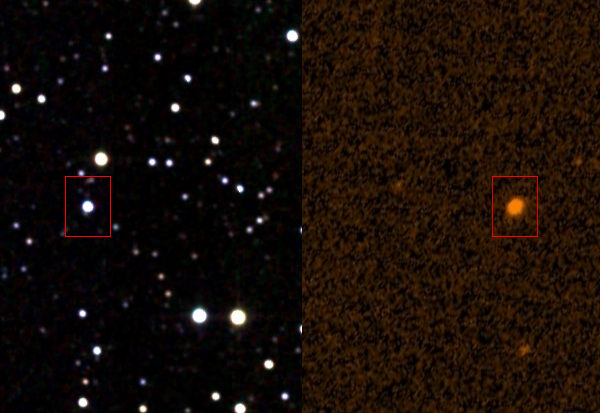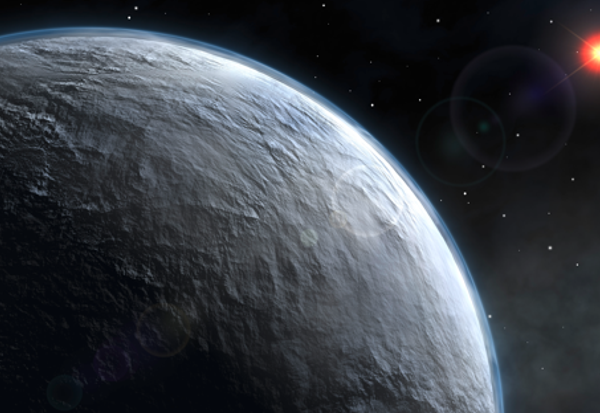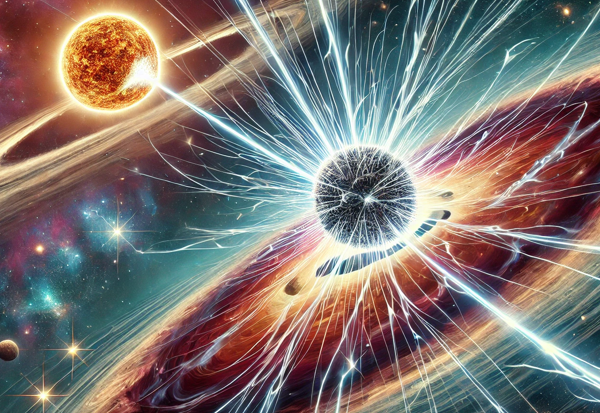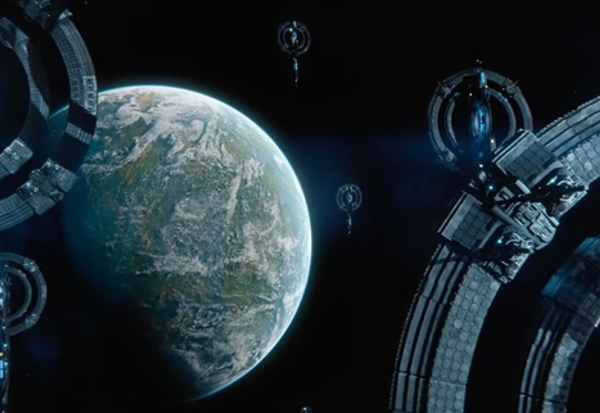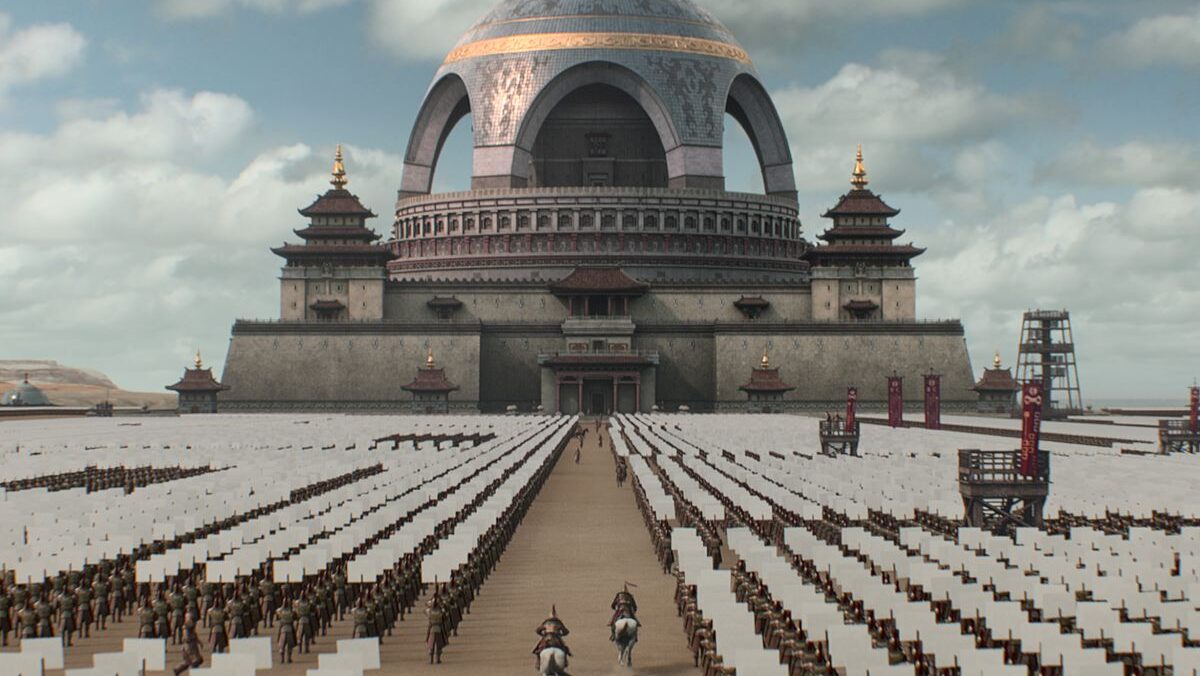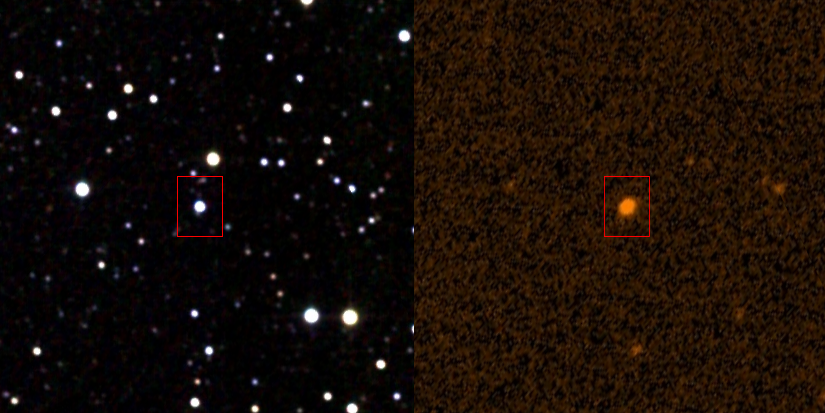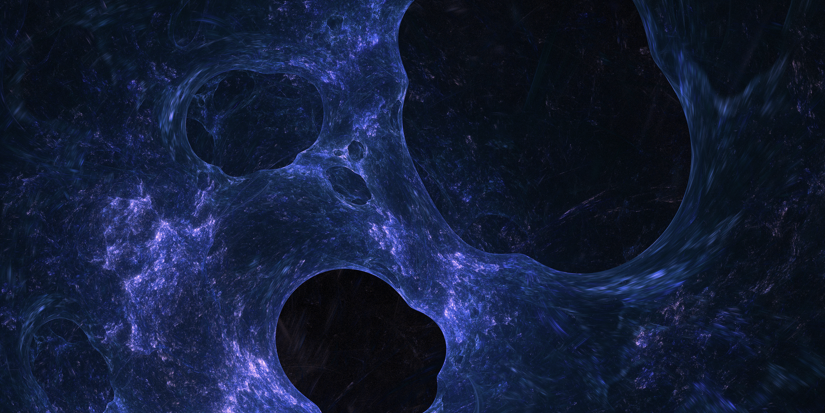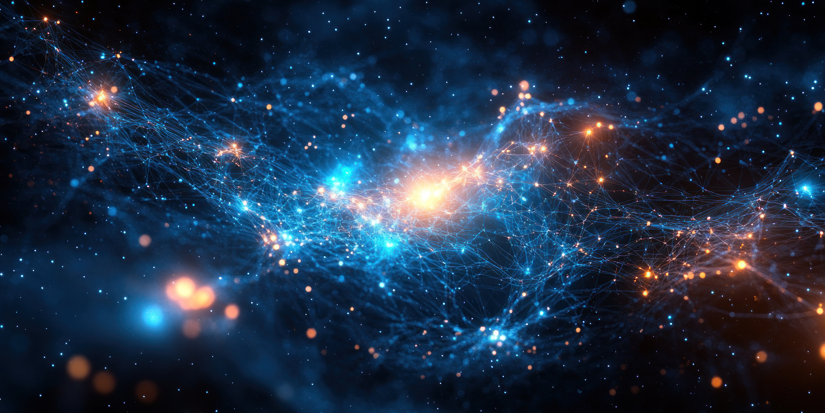The body problem in physics, particularly in the realm of classical mechanics, concerns itself with understanding the motion and interactions of multiple bodies under the influence of forces. At its core, the body problem seeks to predict the trajectories and behaviors of these bodies over time, given initial conditions and the forces acting upon them. While this may seem straightforward in the case of two bodies, such as the Earth and the Moon, the complexity escalates dramatically with the inclusion of additional bodies. This is famously exemplified in Isaac Newton’s gravitational three-body problem, which has troubled scientists for centuries due to its inherent mathematical intricacy. The challenge intensifies further in systems with four or more bodies, where analytical solutions become exceedingly elusive, necessitating the employment of numerical methods and computational simulations.
In modern physics, the body problem persists as a fundamental issue in various contexts, including celestial mechanics, molecular dynamics, and many-body quantum systems. Despite advancements in computational techniques and mathematical approaches, certain configurations of multiple interacting bodies remain resistant to precise analytical solutions. Consequently, physicists continue to grapple with approximations, simulations, and theoretical frameworks to unravel the complexities inherent in multi-body systems. Tackling the body problem not only deepens our understanding of fundamental physical principles but also underscores the intricate interplay between simplicity and complexity in the natural world.
Read more at: https://en.wikipedia.org/wiki/Three-body_problem

